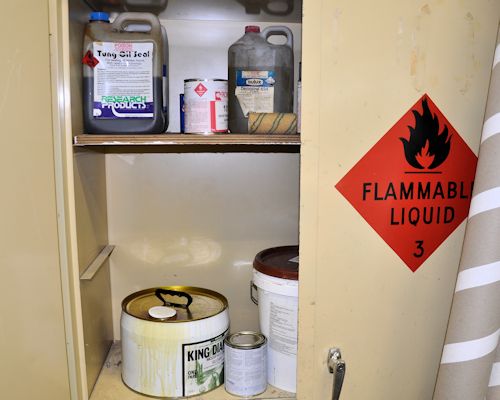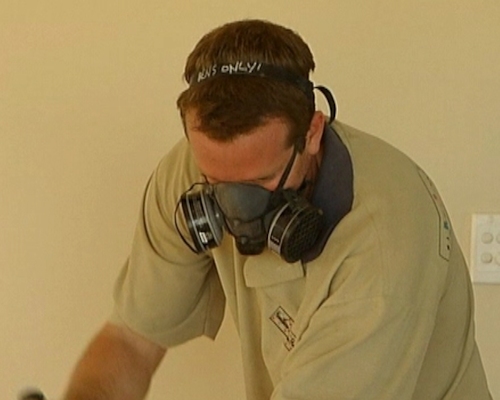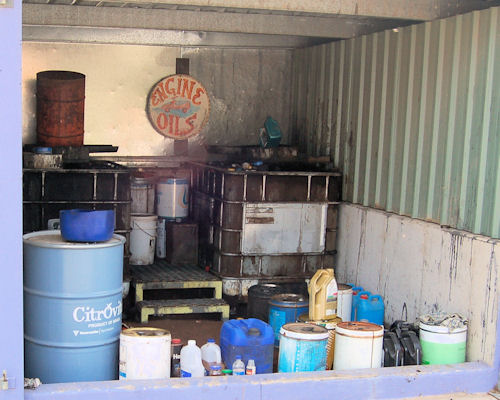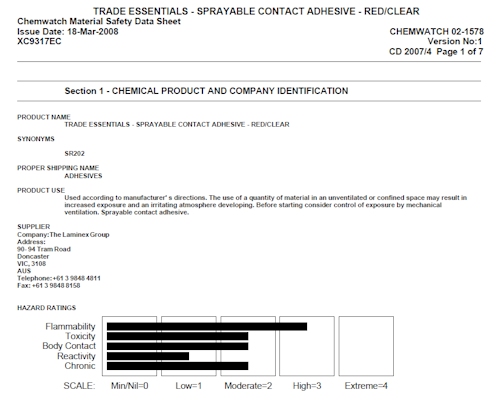Safety and environment
 Audio for slide 1 (mp3 |6|KB)
Audio for slide 1 (mp3 |6|KB)
The products you need to be most careful with are the solvent-borne finishes with high VOC emissions.
But you should handle all coating products with care, and take the time to read the safety directions on the side of the container if you're not familiar with it.

 Audio for slide 3 (mp3 |6|KB)
Audio for slide 3 (mp3 |6|KB)
Ventilation and fumes
Fumes are a particular problem with some products.
The manufacturer will specify the ventilation requirements and the type of respirator you should use.
Note that the mask you normally use to filter out airborne dust while sanding the floor may not be suitable for chemical fumes.
So you need to check that you've got the right cartridge type for the product being applied.

 Audio for slide 4 (mp3 |6|KB)
Audio for slide 4 (mp3 |6|KB)
Handling and storage
The MSDS will describe any specific handling and storage requirements, but here are some general guidelines that apply to all hazardous products:
- Store chemicals in their own area, away from stormwater drains and out of the weather.
- Never use plain drink bottles or other unmarked containers to store chemicals.
- Clearly label all containers with the name of the product it contains if it is no longer in its original packaging.
- Keep 'incompatible' chemicals well away from each other, that is, chemicals that are likely to react with each other.
- Make sure that all vehicle activity is carried out well clear of the chemical storage area

 Audio for slide 5 (mp3 |6|KB)
Audio for slide 5 (mp3 |6|KB)
Disposal
Liquid waste should never be put into the waste bin. Materials in the waste bin generally go to landfill, so it should only be used for dry, solid waste.
Left-over coating products should be poured back into a container and resealed.
You can then stockpile the containers while you wait for a licensed waste disposal contractor to pick them up.
Alternatively, you can take them to a waste transfer station yourself and leave them in the area set aside for paints and other chemicals.


Learning activity
Audio 6 (mp3 |6|KB)Choose one solvent-borne coating product and get a copy of its MSDS.
Write down the following information about the product in your workbook.
- Brand name and manufacturer.
- Items of PPE that should be worn when mixing and applying the product.
- Ventilation requirements in the room while you're working with the product.
- Disposal procedure for used applicators and leftover liquid products.






